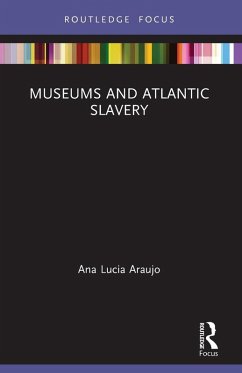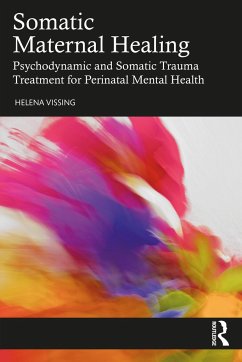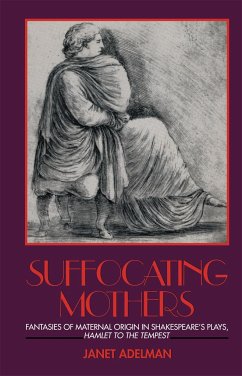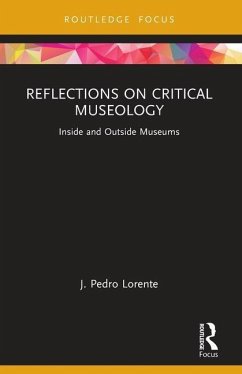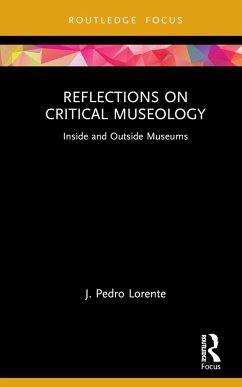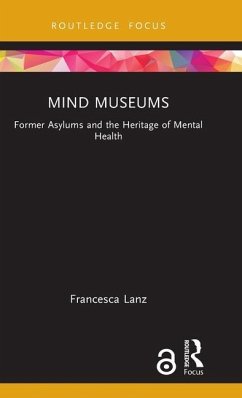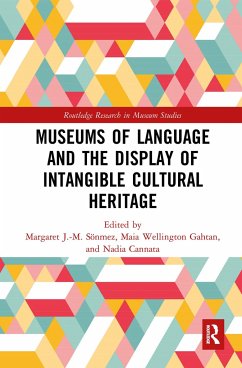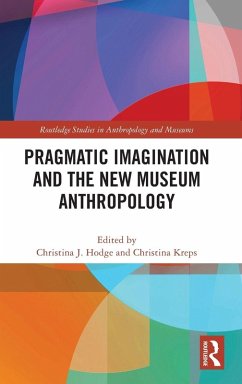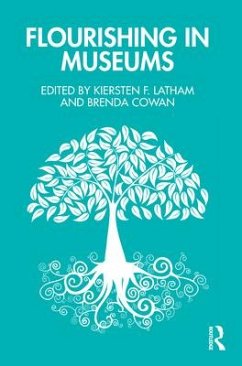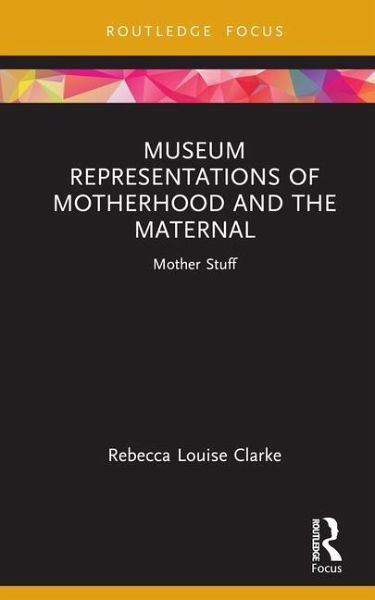
Museum Representations of Motherhood and the Maternal
Mother Stuff
Versandkostenfrei!
Versandfertig in 6-10 Tagen
59,99 €
inkl. MwSt.
Weitere Ausgaben:

PAYBACK Punkte
30 °P sammeln!
Museum Representations of Motherhood and the Maternal is the first book to address the underrepresentation of motherhood in museums.Questioning how mothering and maternal experiences should be represented in museums, Louise-Clarke argues that such institutions wield the power to influence what we think about families, mothers and the labour of care. Using the term 'mothering' to encompass lived experiences of mothering or caring that are not exclusively tied to sex, gender, or the maternal body, Louise-Clarke explores the ways that experiences of mothering can be represented in museums. The bo...
Museum Representations of Motherhood and the Maternal is the first book to address the underrepresentation of motherhood in museums.
Questioning how mothering and maternal experiences should be represented in museums, Louise-Clarke argues that such institutions wield the power to influence what we think about families, mothers and the labour of care. Using the term 'mothering' to encompass lived experiences of mothering or caring that are not exclusively tied to sex, gender, or the maternal body, Louise-Clarke explores the ways that experiences of mothering can be represented in museums. The book begins this exploration with Australia's Museums Victoria (MV), then expands to look at international cases. Offering a blueprint for what Louise-Clarke calls a 'museology of mothering', the book imagines what a museum that articulates maternal subjectivities might look and sound like.
Museum Representations of Motherhood and the Maternal initiates a dialogue between museum studies and maternal studies, making it essential reading for scholars and students working in both disciplines. Questioning conventional museum practices and the values that underpin them, the book will also be of interest to museum and heritage practitioners around the world.
Questioning how mothering and maternal experiences should be represented in museums, Louise-Clarke argues that such institutions wield the power to influence what we think about families, mothers and the labour of care. Using the term 'mothering' to encompass lived experiences of mothering or caring that are not exclusively tied to sex, gender, or the maternal body, Louise-Clarke explores the ways that experiences of mothering can be represented in museums. The book begins this exploration with Australia's Museums Victoria (MV), then expands to look at international cases. Offering a blueprint for what Louise-Clarke calls a 'museology of mothering', the book imagines what a museum that articulates maternal subjectivities might look and sound like.
Museum Representations of Motherhood and the Maternal initiates a dialogue between museum studies and maternal studies, making it essential reading for scholars and students working in both disciplines. Questioning conventional museum practices and the values that underpin them, the book will also be of interest to museum and heritage practitioners around the world.





